Good replacement Glass?
bluebaru
10 years ago
Featured Answer
Comments (13)
Windows on Washington Ltd
10 years agolast modified: 9 years agoRelated Professionals
Cypress Window Contractors · Damascus Window Contractors · Granite City Window Contractors · Ruskin Window Contractors · Boise Window Contractors · Hutto Window Contractors · Lemont Window Contractors · Browns Mills General Contractors · Enfield General Contractors · Norman General Contractors · Pico Rivera General Contractors · Syosset General Contractors · Tabernacle General Contractors · West Whittier-Los Nietos General Contractors · Rancho Cordova Carpentersbluebaru
10 years agolast modified: 9 years agoOut of the Woods Inc.- Window & Door Specialists
10 years agolast modified: 9 years agobluebaru
10 years agolast modified: 9 years agoOut of the Woods Inc.- Window & Door Specialists
10 years agolast modified: 9 years agobluebaru
10 years agolast modified: 9 years agooberon476
10 years agolast modified: 9 years agoWindows on Washington Ltd
10 years agolast modified: 9 years agooberon476
10 years agolast modified: 9 years agoWindows on Washington Ltd
10 years agolast modified: 9 years agobluebaru
10 years agolast modified: 9 years agooberon476
10 years agolast modified: 9 years ago
Related Stories
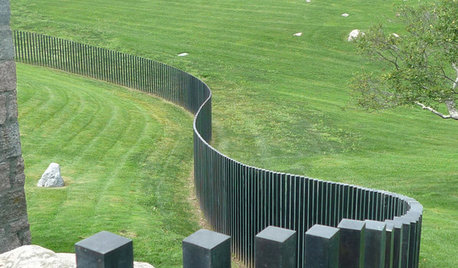
LANDSCAPE DESIGNGood Fences, Good Neighbors — and Good Views
See-through vertical fencing connects a yard with its surroundings while keeping children and pets safely inside
Full Story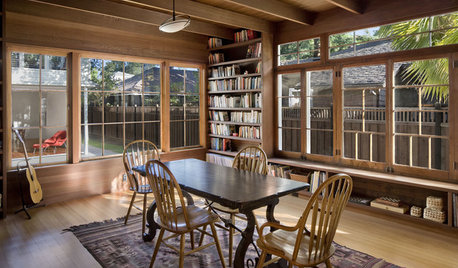
REMODELING GUIDESReplace vs. Restore: The Great Window Debate
Deciding what to do with windows in disrepair isn't easy. This insight on the pros and cons of window replacement or restoration can help
Full Story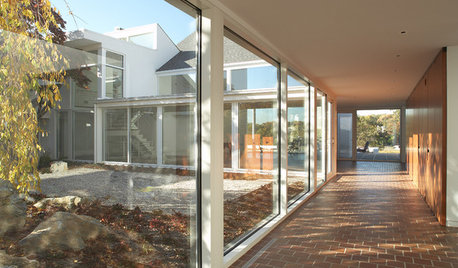
GREAT HOME PROJECTSUpdate Your Windows for Good Looks, Efficiency and a Better View
Great home project: Replace your windows for enhanced style and function. Learn the types, materials and relative costs here
Full Story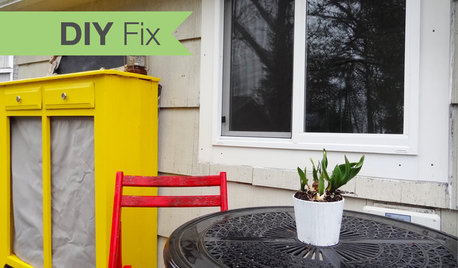
Replace Your Windows and Save Money — a How-to Guide
Reduce drafts to lower heating bills by swapping out old panes for new, in this DIY project for handy homeowners
Full Story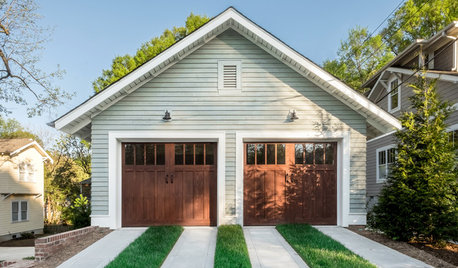
GREAT HOME PROJECTSHow to Replace or Revamp Your Garage Doors
Boost curb appeal and maybe even security with new garage doors. Find out cost ranges and other important details here
Full Story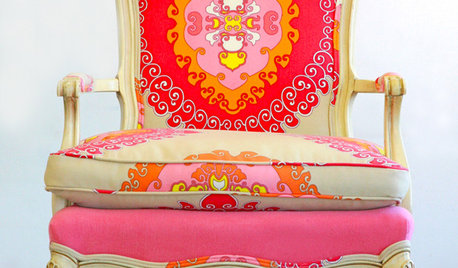
FURNITUREOld Furniture: Clean, Reupholster or Replace It?
A veteran upholstery cleaner weighs in on the options for found, inherited and thrift store furniture
Full Story
MOST POPULARKitchen Evolution: Work Zones Replace the Triangle
Want maximum efficiency in your kitchen? Consider forgoing the old-fashioned triangle in favor of task-specific zones
Full Story
GREAT HOME PROJECTSHow to Replace Your Lawn With a Garden
New project for a new year: Lose the turfgrass for energy savings, wildlife friendliness and lower maintenance
Full Story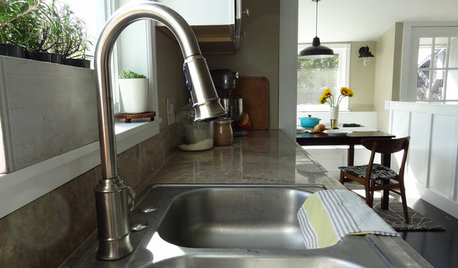
DIY PROJECTSHow to Replace Your Kitchen Faucet
Swap out an old faucet to give your kitchen a new look — it's a DIY project even a beginner can do
Full Story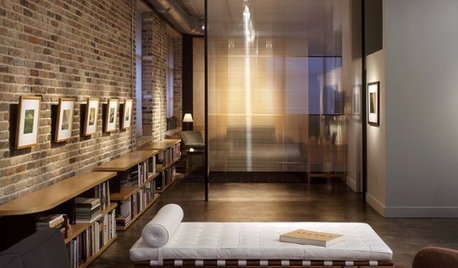
MATERIALSMaterials Workshop: Polycarbonate — a Low-Cost Alternative to Glass
Looking for something lighter, stronger and less expensive than glass? Multiwall polycarbonate may be a good option
Full Story







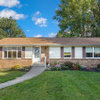
millworkman